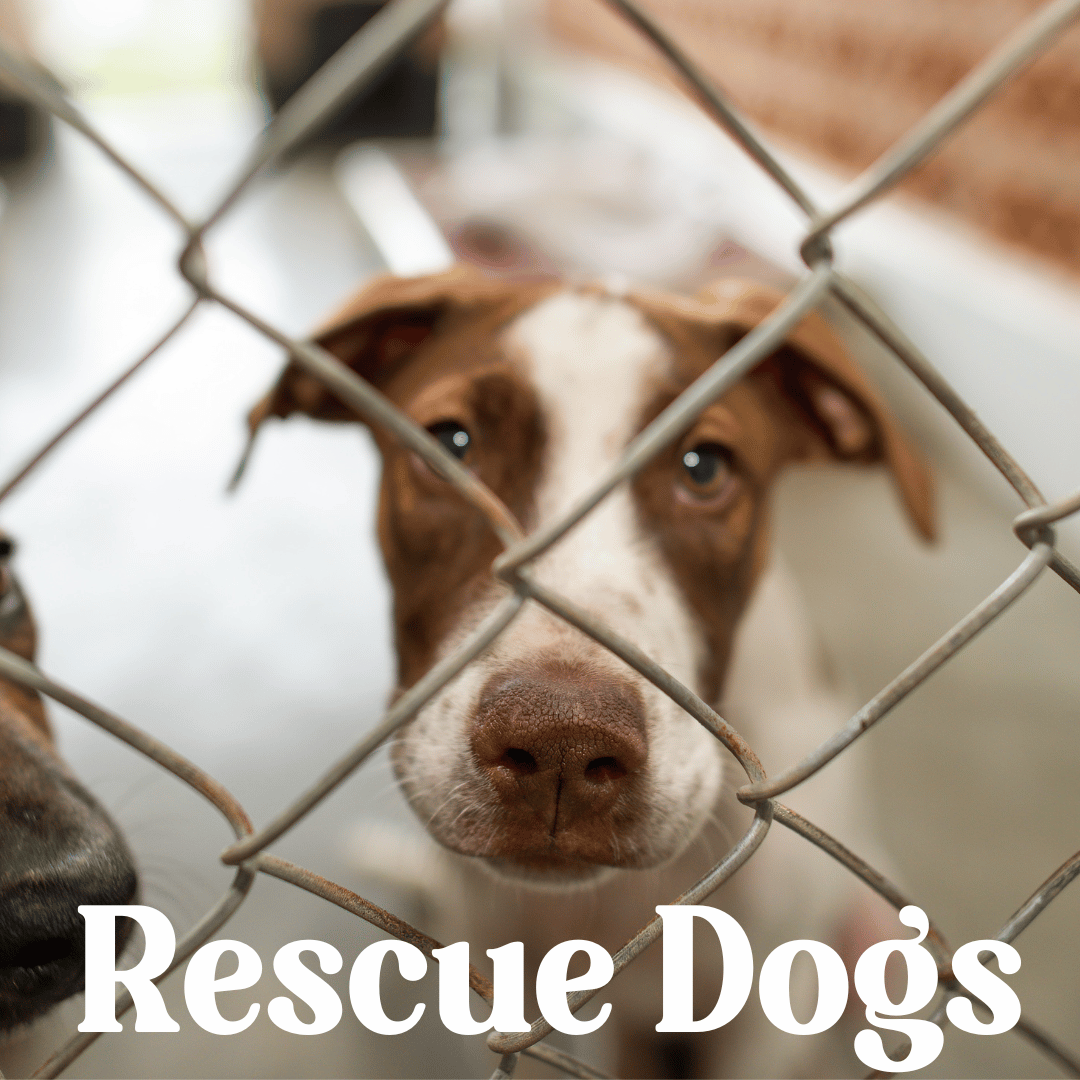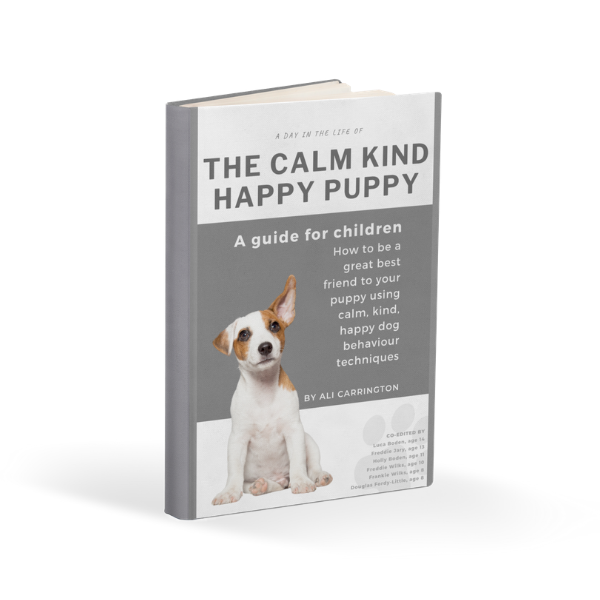The first thing I want to express on this matter is that it is not natural for predator animals to share their homes with other predatory animals! Wolves do not do this, nor do bears, lions, foxes, badgers etc… My point is that it can be really hard for our dogs to share their homes, even with visiting family dogs, so we need to do whatever we can to help our dogs get it right when thinking about introducing a rescue dog, and we do this by controlling the situation and maybe a little bit of controlling ourselves too in some cases!
Here are my 10 top tips for introducing a rescue dog into a household with an existing dog:
- Stay calm and happy, rather than highly anxious or excited – both dogs will pick up on this and it will affect their behaviour. Get into the habit of using LESS eye contact (see my free training video “the first thing you should know about dogs”), and giving all dogs LESS attention! I know it’s what we all want to do but it’s not the way dogs communicate and actually what it does is get them seriously hyped up and adrenalised, and this is bad news for all dogs, particularly when introducing new dogs to each other. Remember that some rescue dogs have not had the level of attention that happy family dogs are accustomed to, so it’s a good idea to be low key in all interactions to begin with.
- Allow the dogs to meet on neutral territory if at all possible. The best thing is to meet at the kennels in one of the more open spaces and try not to hang around staring at the dogs, rather, keep on walking so that the dogs can meet in their own way without the pressure of being stared at.
- Car travel: split the dogs up so that they have their own safe space to be in and you can control their interactions ie. one in the boot, one in the car. Or both in a crate in the boot.
- When you get home, unload both dogs and have them loosely on leads, again so you can control the interactions and also give them a sense of you being calmly in charge. Walk together into the garden and when ready, walk into the home together again still on lead if required.
- Keep their world small to begin with. Part a: Don’t give them the run of the house without your supervision. Remember some rescue dogs HAVE NOT BEEN IN A HOME before, so introduce your home slowly, room by room. Making sure you give them lots of opportunity to toilet in the right place, by not allowing them to roam freely. Part b: I recommend you do not walk a new dog into the household until they’ve had a chance to understand their home, the people in it, the other dog in it, what happens with food, what the garden is like etc. This takes time. Some rescue dogs HAVE NEVER BEEN FOR A WALK. Please do not expect that things will go well if you rush this bit. The new dog will not know where they are being taken, whether they are coming back with you, whether it is safe, nor whether you can be trusted to keep them safe in the outside world yet. I suggest you do not walk a new dog for approximately 2 weeks. You can do the same with the existing dog too. Go back to basics, teach them what you want from them in the garden before you expect them to know what you want outside. (*This is one of the main issues I uncover when I get emergency phone calls from new rescue dog families)
- Really consider the issues that can occur around sofas and human beds! I prefer to advise no sofa and no human beds for a good few weeks, maybe months until everyone is settled into their role. The problem with allowing sofa and human bed access is that furniture gives access to height which can confuse status. Status is a big deal in dog world, they are looking for it all the time and it can absolutely be the root cause of fights between the newcomer and the existing dog. (*This is another of the main issues I uncover when I get emergency phone calls from new rescue dog families)
- Feed the new dog and the existing dog separately to begin with so no one feels under pressure. That can be in different rooms, or separated by a gate. Keep food very calm and simple, and never allow the dogs to graze, or to bother each other while eating.
- Keep toys out of the picture to begin with. Tidy up the home and put stuff away because the new dog is going to investigate everything and if you show that dog any attention for picking things up, like the remote control (Attention = “come here, drop it”), you are creating a potentially difficult situation. So prevent that by keeping the home tidy. Toys are often used by dogs as trophies, and can be a source of conflict between the new and the existing dog. They don’t need them, so I advise you avoid toys for now.
- Don’t feel sorry for the new dog and over do the affection and attention! This is often a huge source of confusion for dogs, and can add to conflict with the existing dog. Instead, think about slowly building your relationship over time, weeks, months, not immediately trying to make up for all the bad things that has happened to the dog.
- Don’t prioritise the existing dog or try to “rank” the dogs in order of superiority, they will do that themselves. The KEY thing is that BOTH dogs see YOU as the family captain and overall decision maker and you do this be staying calm, keeping eye contact down to a minimum, keeping attention down to a minimum, and by doing all the above, calling me if you need to check anything!
(I’m going to sneak in a #11. Avoid being influenced by social media! 99% of what you see and read about rescue dogs, and dogs in general, is untrue, unrealistic and actively hinders the potential for a happy, calm and relaxed life for a rescue dog)
YOU WILL NEED: Leads, Dog gates, To tidy up!
YOU WILL NEED TO BE: Calm, kind & happy, consistent, fair, sensible
PLEASE DO NOT BE: Over emotional, over affectionate, loud, busy nor chaotic
CLICK HERE TO WATCH MY OTHER FREE TRAINING VIDEO
“What NOT to do with your new rescue dog!”


